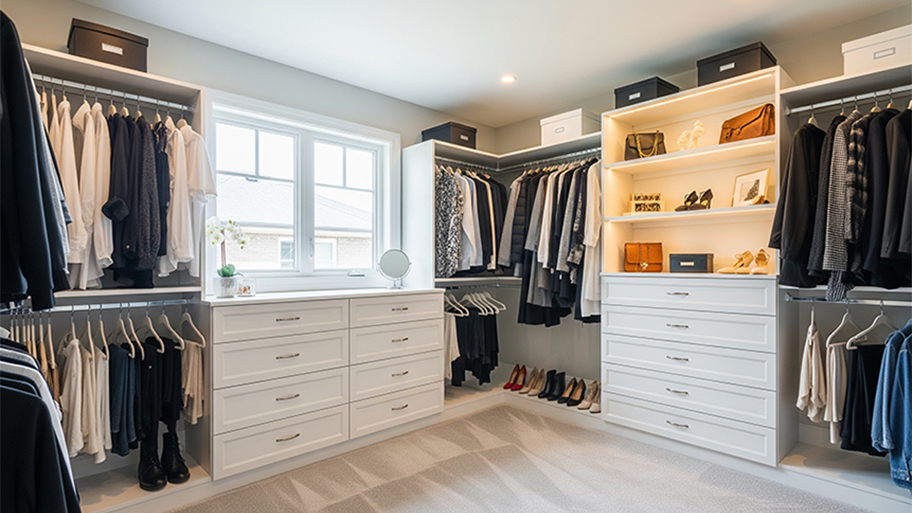
The cost of a closet remodel depends on the closet size, materials used, and the level of customization. Learn what else influences your closet remodel cost.
Closet service costs depend on your project and location. Check with a local pro for your specific job.
Sliding mirror closet door installation costs vary according to door size, material, and labor rates.
Sliding mirror closet doors enhance both style and functionality and boost the appeal and value of your home.
Customization and added features can increase total costs.
Ranging from $40 to $110 per hour, professional installation ensures smooth door operation and safety.
This article was created using automation technology and thoroughly fact-checked and edited by an Angi Editor in accordance with our AI policy.
Sliding mirror closet door installation cost averages $530, with homeowners paying between$380 and $670 for an average installation. Prices depend on door size, material, and labor rates. You can expect to pay per door, with larger or custom options costing more. For most projects, labor costs range from $50 to $110 per hour. If you choose a premium material or need a custom size, installation costs will be higher. This guide covers everything you need to know about budgeting for this project.
The size of your sliding mirror closet doors is a significant factor in determining installation cost. Both the width and height of the doors influence material needs and installation complexity. Standard door sizes are less expensive than custom options, and the number of panels—single, double, or even triple—can also change the price.
Custom or oversized doors may require more labor and possible structural modifications to ensure safe, smooth operation. Larger doors sometimes need reinforced tracks or additional support, increasing both material and labor expenses.
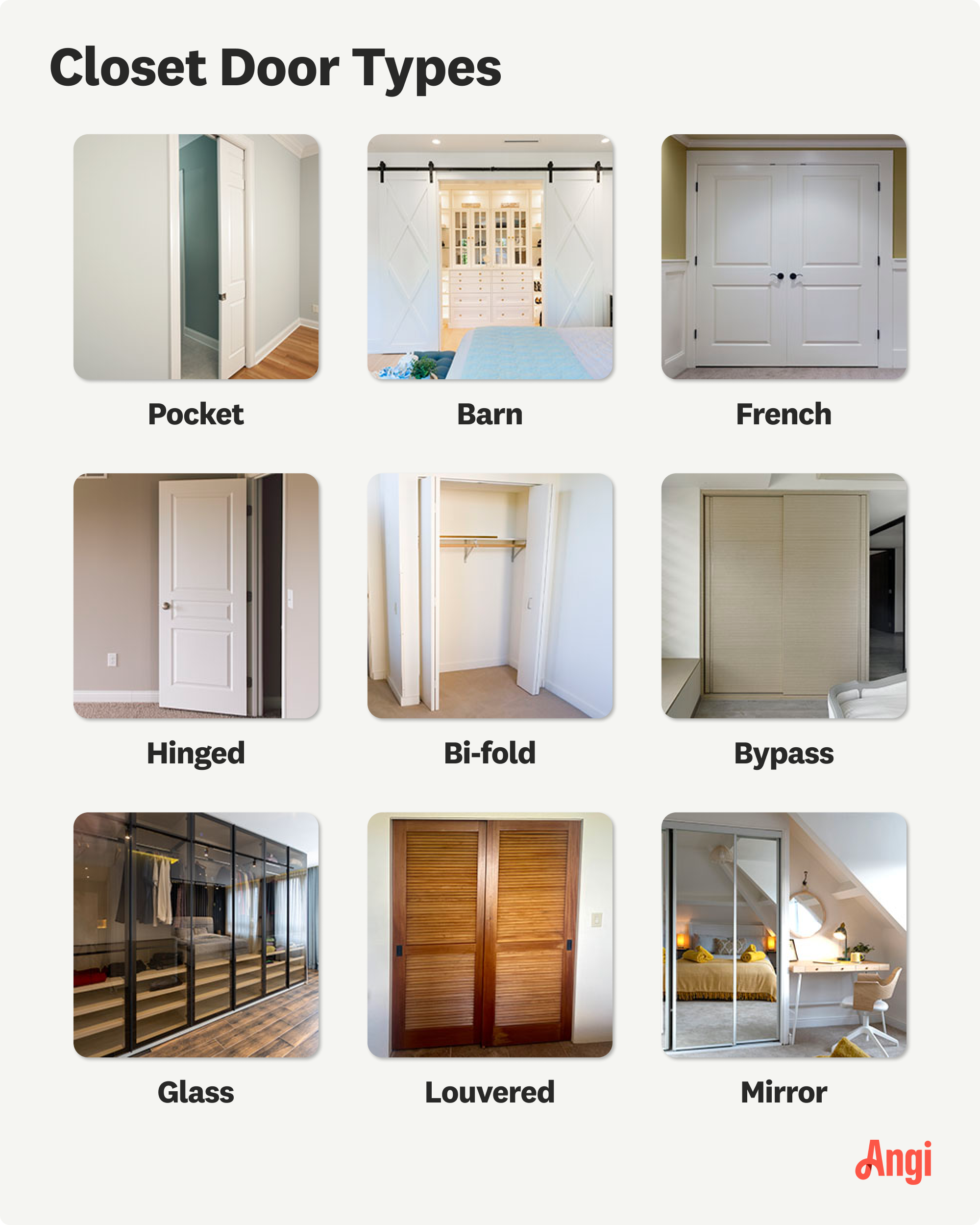
When planning your installation, the type of sliding mirror closet door you choose will affect both cost and appearance. Common options include framed and frameless doors, bypass and bi-fold designs, as well as fully custom creations. Standard doors are more affordable, while custom sizes or specialty finishes raise the price.
Mirror quality, such as thickness, safety backing, or tint, can increase costs. Hardware and track system upgrades, like soft-close or premium finishes, also affect your final bill. Each type offers different benefits for durability, style, and ease of installation.
| Door Type | Description | Cost Impact | Pros | Cons |
|---|---|---|---|---|
| Framed | Metal or wood frame around mirror | Low–moderate | Durable, affordable | Frame visible |
| Frameless | Minimal or no visible frame | Moderate–high | Sleek, modern look | Costlier, less impact resistance |
| Bypass | Panels slide past each other | Low–moderate | Space-saving, easy to install | Limited access to closet |
| Bi-fold | Panels fold to open | Moderate | Full access to closet | More moving parts |
| Barn | Large, single or double door mounted on a track | High | Customized fit, large opening, style | Doesn't latch, can be loud |
Where you live can have a big impact on the sliding mirror closet door installation cost. Labor rates and material prices vary by state, city, and even neighborhood. Urban areas have higher costs due to greater demand and higher wages, while rural regions may offer lower prices.
Within your home, installation costs can differ based on the closet’s location. Installing doors in upper-floor bedrooms or tight hallways may require extra labor and time, resulting in higher charges. Closets with unusual access or that need structural changes for the doors will also cost more. Always discuss these details with your installer to avoid surpr
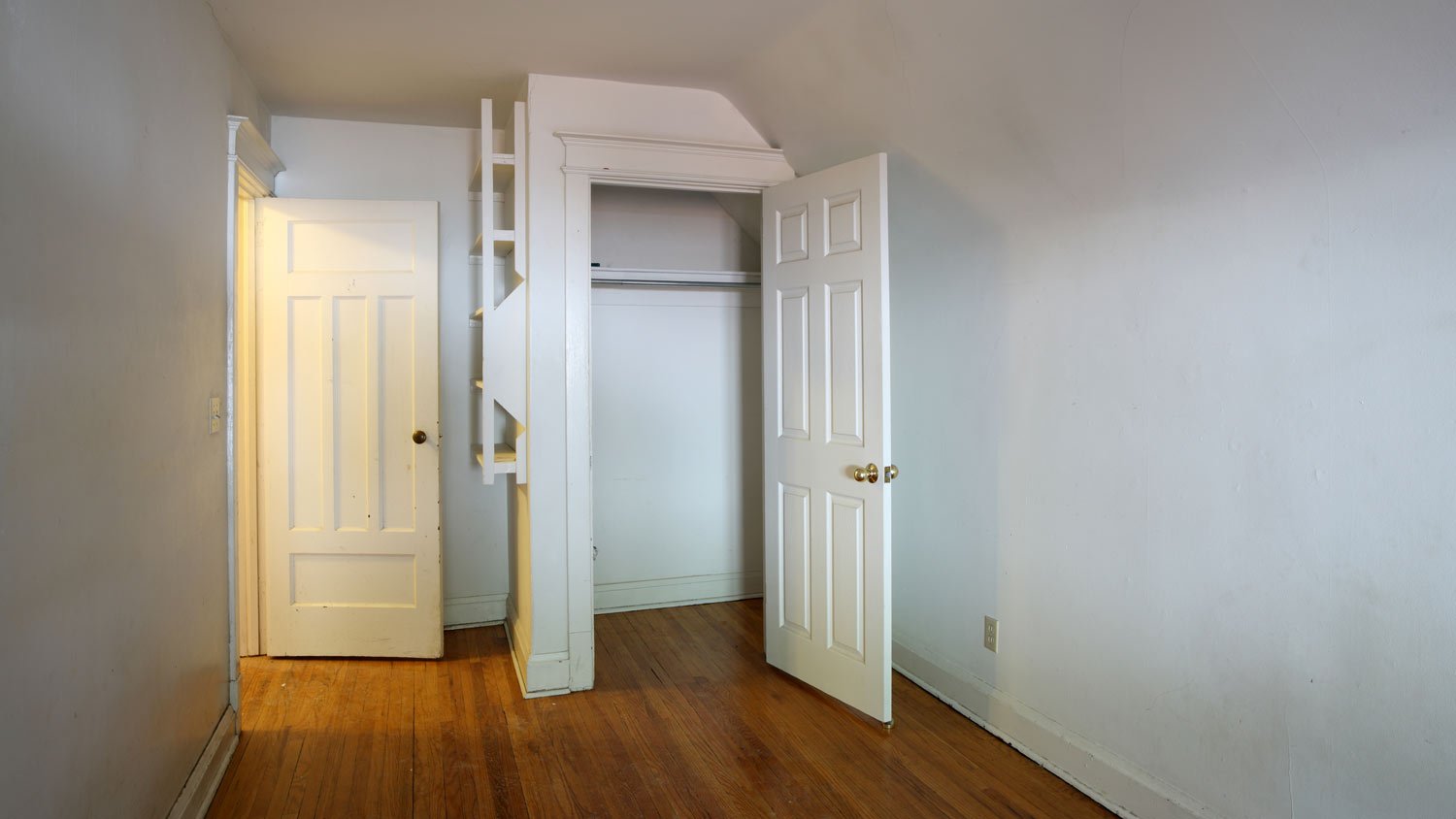
Several factors can influence your sliding mirror closet door installation cost. Understanding these can help you plan your budget and avoid unexpected expenses.
Skilled professionals such as carpenters, handymen, or closet specialists handle these installations. Labor costs are calculated per door or by the hour, with minimum fees ranging from $100 to $200 or $40 to $110 per hour. In larger cities, rates can reach up to $120 per hour. More complex jobs—like installing oversized doors, removing old closets, or making structural modifications—will increase the overall cost.
Permits are not always required for sliding mirror closet door installation, but some municipalities mandate them for major modifications or if structural work is involved, such as modifying load-bearing walls. Permit fees range from $25 to $150. Always check with your local building department, and clarify whether you or your contractor is responsible for securing any necessary permits.
Upgrades and added features can significantly affect your installation cost. Options like soft-close mechanisms, premium handles, or decorative trim add to the price. High-quality mirrored glass, such as beveled edges, tinted panels, or anti-shatter film, also increases costs. Custom frame materials like wood or composite, as well as integrated lighting or smart features, can drive the price higher.
Keep these potential costs in mind when organizing your sliding mirror closet door budget:
Project complexity, such as wall modifications, track alignment, or dealing with uneven floors
Accessibility challenges, like upper-floor installations or narrow entryways
Site preparation, including removing old doors, disposal fees, and delivery charges
Post-installation cleanup and debris removal
Design or consultation fees for custom projects
Inspection costs if required by local codes
Beyond the primary installation, there are other costs to keep in mind for your sliding mirror closet doors.
Most manufacturers provide warranties on new sliding mirror closet doors, covering defects in materials or workmanship for one to five years. Installers may also offer workmanship warranties, and some companies sell extended coverage for an extra fee. Always review what is included, as warranty protection can save money on future repairs.
Routine operation is low-cost, but maintaining smooth tracks and functional rollers is key. Occasionally lubricating tracks or replacing worn hardware can cost $10 to $50 per year. Mirrored doors can reflect light and heat, potentially improving energy efficiency in some spaces, though the impact is minor.
To keep your mirrored closet doors looking their best, regular cleaning with non-abrasive glass cleaners and soft cloths is recommended. If a mirror panel or hardware is damaged, repairs can range from $100 to $400 per panel. Preventative care, such as lubricating tracks and checking alignment, helps avoid bigger expenses down the line.
Sales tax applies to both materials and installation services in most states. Depending on your location, local tax rates can add 5% to 10% or more to your total sliding mirror closet door installation cost.
Homeowner’s insurance covers new installations for accidental damage, but it's best to confirm with your provider. Contractors should have liability insurance, protecting you in case of property damage during installation. Always verify insurance coverage before work begins to avoid unexpected liabilities.
Homeowners sometimes consider installing sliding mirror closet doors themselves to save on labor. Here’s what to expect when weighing DIY against professional installation.
DIY installation can save money, with materials and supplies costing $320 to $2,000, depending on door quality and size. You’ll need tools like a drill, level, tape measure, and safety gear. The process involves removing old doors, measuring and installing new tracks, hanging panels, and aligning everything for smooth operation. Risks include improper installation, damage to mirrors or frames, injury, and possibly voiding warranties.
Hiring a pro covers the entire process, from site prep and removal of old doors to final adjustments and cleanup. The cost is higher but includes expertise, efficiency, and warranty protection. Professionals can handle complex installations, ensure safety, and provide peace of mind. In most cases, hiring a pro is recommended if you lack experience or the right tools.

Sometimes, it’s unclear whether you should repair or fully replace your sliding mirror closet doors. Here’s how to decide.
Minor issues—such as track problems, loose hardware, or small cracks—are repairable. Replacement is the better option for extensive damage, outdated styles, or safety concerns like shattered glass. Compare the cost of door repair, ranging from $50 to $700, to the cost of replacement, and consider the 50% rule: if repairs approach half the cost of new doors, replacing interior doors is the smarter investment. Check your warranty status and the age of your doors before deciding.
Installing sliding mirror closet doors can offer a solid return on investment (ROI), especially when updating older or basic closets. Many homeowners see an ROI of 50% to 70% for this upgrade, thanks to improved aesthetics, functionality, and perceived space. Mirrored doors brighten rooms, make spaces feel larger, and offer a modern look that appeals to buyers.
ROI depends on quality, customization, and current market trends in your area. Compared to other closet or interior upgrades, mirrored sliding doors are a cost-effective way to refresh your home’s appearance and add everyday convenience.
Save on your sliding mirror door installation costs with these budgeting tips:
Get multiple quotes from local closet door installers to compare pricing.
Choose standard closet door sizes and finishes for better value.
Reuse existing closet door tracks or hardware if compatible.
Schedule installation during off-peak seasons for potential discounts.
Handle removal and disposal of old doors yourself if possible.
Opt for simpler mirror door designs to minimize custom charges.
Maintain doors regularly to avoid costly repairs.
Home is the most important place on earth, which is why Angi has helped more than 150 million homeowners transform their houses into homes they adore. To help homeowners with their next project, Angi provides readers with the most accurate cost data and upholds strict editorial standards. We extensively research project costs to develop the pricing data you see, so you can make the best decisions for you and your home. We rely on reputable sources, including the U.S. Bureau of Labor Statistics, academic journals, market studies, and interviews with industry experts—all to ensure our prices reflect real-world projects.
Want to help us improve our cost data? Send us a recent project quote to [email protected]. Quotes and personal information will not be shared publicly.
From average costs to expert advice, get all the answers you need to get your job done.

The cost of a closet remodel depends on the closet size, materials used, and the level of customization. Learn what else influences your closet remodel cost.

Discover the cost to hire a professional closet organizer, including average prices, cost factors, and tips to help you budget and maximize your investment.

Discover the average custom closet cost, including price ranges and key factors, to help you budget and plan your project with confidence.
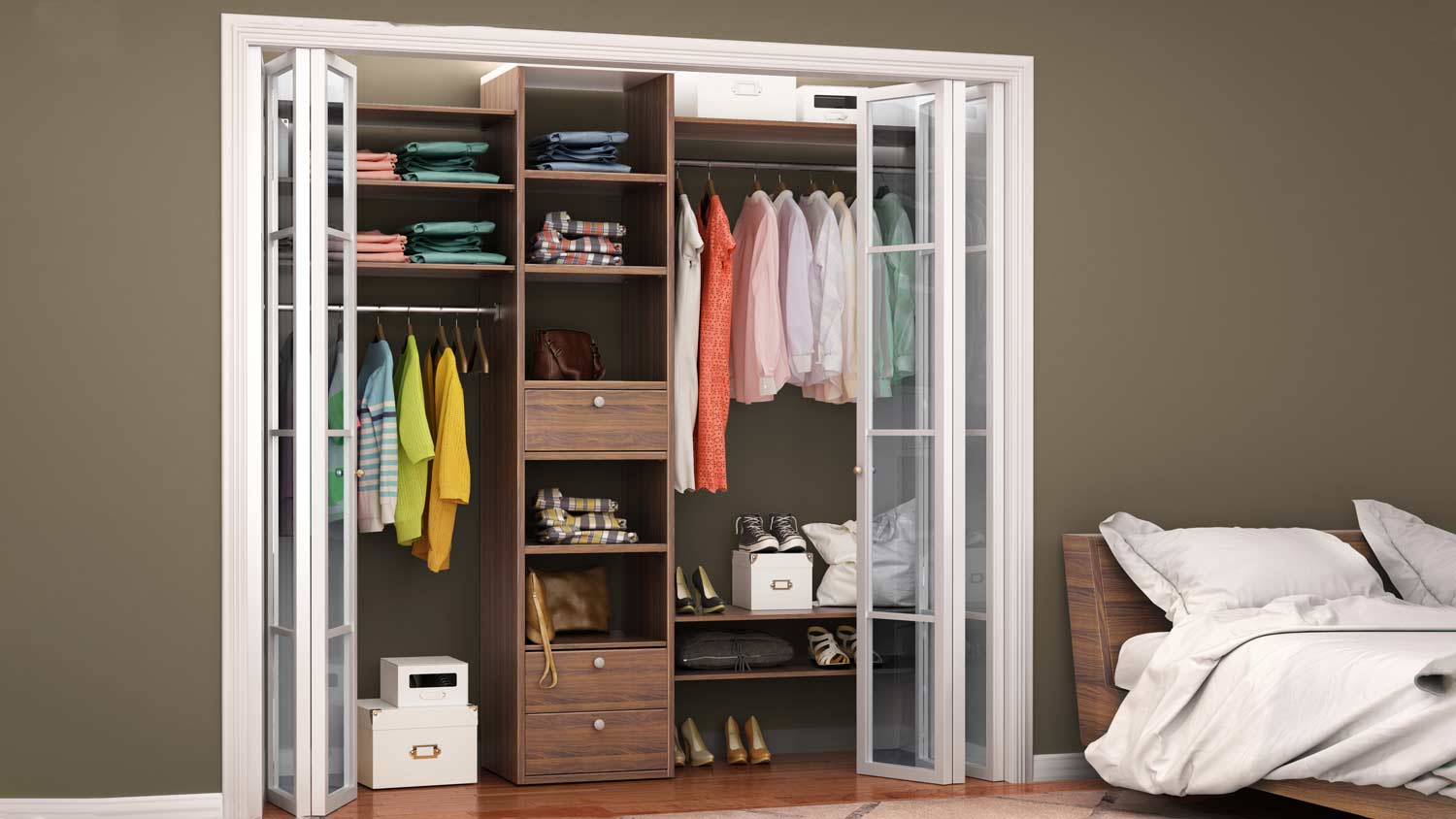
Frustrated by your closet door sticking or falling off track? Learn how to adjust bifold closet doors for smooth traction that makes your mornings easier.
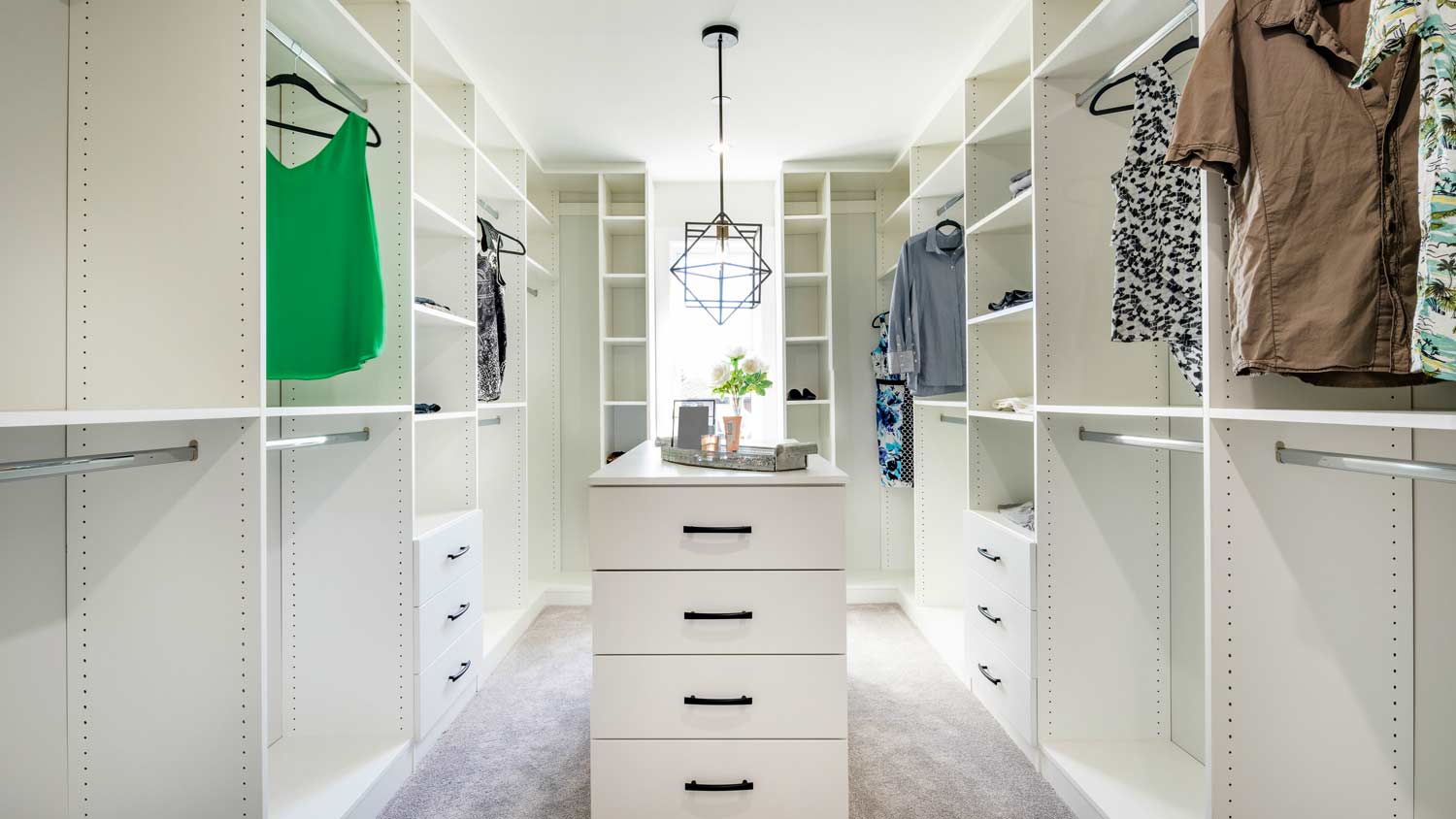
If you’re wondering what you need to know about building a closet, here are the custom-designed closet questions you should be asking a pro before getting started on this project.

Installing a new closet? Find out the optimal closet shelving height based on your storage needs and who'll use the closet.